Unlock your creativity and elevate your artistic endeavors with our comprehensive guide to mastering art techniques. Whether you’re a seasoned artist or just beginning, this art techniques blog offers invaluable insights, expert tips, and practical advice to help you excel in your craft. From exploring various mediums to discovering innovative approaches, our blog is designed to inspire and empower you to unlock new dimensions in your creative expression. Dive in and embark on a journey that combines tradition with modernity, allowing you to experiment with effective techniques, refine your skills, and bring your visions to life like never before.
Key Takeaways
– Consistent practice is crucial for improving your art skills. Dedicate time daily to create, even in short sessions, to build muscle memory and foster creativity.
– Studying masterpieces reveals professional techniques. Analyzing works from artists like da Vinci or van Gogh can inspire your style and approach to composition.
– Experimenting with new media sparks creativity. Exploring tools like watercolor, oil pastels, or digital tools can lead to exciting and fresh outcomes.
– Taking art classes provides structured learning. Workshops or online courses offer guidance, feedback, and new perspectives to enhance your skills.
– Sketching is a cornerstone of artistic development. Regular practice in quick sketches sharpens observation skills and builds a solid foundation in drawing.
– Engaging with art communities accelerates growth. Sharing work and receiving feedback in forums or groups can boost confidence and uncover areas for improvement.
– Curiosity fuels creativity. Exploring museums, galleries, and events inspires new ideas and keeps your artistic journey dynamic.
– Documenting progress showcases achievements. Keeping a portfolio or journal helps track growth, celebrate successes, and stay motivated.
– Seeking feedback offers valuable insights. Sharing your work with trusted peers or mentors reveals strengths and areas for refinement that you might miss alone.
– Embracing mindfulness clears mental clutter. Relaxation exercises before creating allow your mind to flow, enhancing creativity and focus.
– Viewing failures as learning opportunities accelerates progress. Mistakes are stepping stones toward mastery, encouraging experimentation and resilience.
– Exploring diverse genres broadens skill sets. Challenging yourself with different styles and mediums keeps creativity fresh and prevents stagnation.
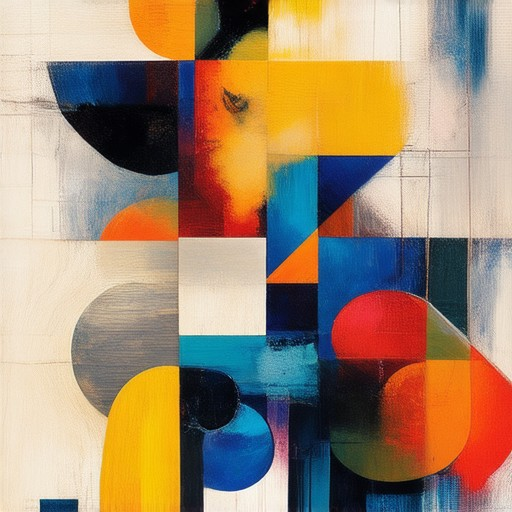
Best Topics for an Art Techniques Blog
Curating an art techniques blog requires a mix of evergreen and trending topics to engage a diverse audience. Here are some of the most effective topics to consider:
- Painting Techniques : Dive deep into medium-specific tips, such as oil painting, acrylic techniques, and watercolor basics. Share tutorials for color theory, brushwork, and layering.
- Digital Art Tutorials : Explore software tools like Photoshop, Procreate, and Krita. Discuss vector illustration, digital painting, and how to work with 3D models.
- Drawing Skills : Offer guides on mastering sketching, shading, and perspective. Include tips for portraiture, still life, and figure drawing.
- Mixed Media Art : Combine traditional and modern materials to create unique pieces. Share projects using collage, canvas textures, and non-traditional tools.
- Sculpture Techniques : Provide step-by-step instructions for 3D projects, such as wire sculpture, clay modeling, and kinetic art.
- Calligraphy and Lettering : Teach the art of beautiful handwriting through scripts, typography, and hand-lettering techniques.
- Street Art and Graffiti : Cover murals, stencils, and urban art movements. Share tips on working with public spaces and legal considerations.
- Printmaking Methods : Explain screen printing, lithography, and intaglio. Include project ideas for posters, cards, and limited editions.
- Typography Design : Discuss font selection, typeface history, and designing logos and signs. Show how typography enhances visual communication.
- Fiber Arts and Textile Techniques : Explore stitching, dyeing, and fabric manipulation. Share projects for clothing, home decor, and wearable art.
By covering these topics, your blog becomes a go-to resource for artists of all levels. Keep the content practical, with clear step-by-step guides and high-quality images. Link to related posts and resources to enhance user experience and encourage exploration of different art forms.
What Are Effective Art Techniques for Improving Your Skills?
To enhance your artistic abilities, consider incorporating these proven techniques into your practice routine:
Fundamental Techniques to Master
- Observation and Study: Analyze masterpieces and study the techniques of renowned artists to understand composition, lighting, and color theory.
- Sketching: Develop quick, loose sketches to capture shapes, proportions, and perspectives before diving into detailed works.
- Value Studies: Experiment with different values and tones to understand how light and shadow interact in your artwork.
- Color Theory: Explore color palettes and learn how to harmonize colors effectively to create mood and atmosphere.
Advanced Methods to Elevate Your Craft
- Experiment with Mediums: Try different materials like watercolor, oil paint, or digital tools to see which medium suits your style best.
- Abstract Expression: Break free from traditional techniques by applying abstract concepts to your work, fostering unique creativity.
- Collaborative Practice: Work with peers or mentors to gain feedback and refine your approach through constructive criticism.
- Documentation: Keep a journal or portfolio to track your progress, ideas, and evolution over time.
Practice Strategies for Growth
- Set Realistic Goals: Define clear objectives and regularly assess your progress to stay motivated and focused.
- Join Art Communities: Engage with fellow artists online or locally to share ideas, get inspiration, and participate in challenges.
- Seek Feedback: Share your work with trusted friends or mentors who can offer valuable insights and encourage growth.
- Stay Curious and Explore: Constantly seek new experiences, attend workshops, and explore diverse art forms to broaden your skill set.
By consistently applying these techniques and strategies, you can steadily improve your artistic abilities and unlock new creative potential. Remember, practice is the key to mastery, and every stroke brings you closer to realizing your artistic vision.
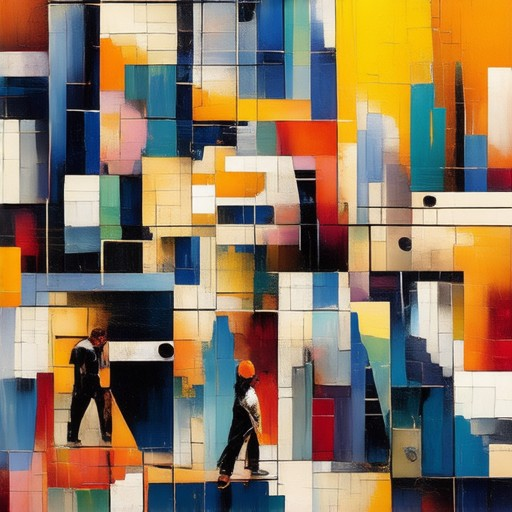
Effective Art Techniques for Elevating Creative Projects
Enhancing your creative projects requires a combination of skill, innovation, and the right techniques. Here are some proven methods to elevate your artwork:
- Mixing Media : Combine different mediums like oil pastels with watercolor or acrylics with collage to create unique textures and depth. This technique allows for a wider range of expressions and adds visual interest.
- Experimental Approaches : Don’t shy away from unconventional methods. Try incorporating found objects, fabric, or even everyday items to add a raw, organic feel to your work.
- Layering : Build up your pieces by applying multiple layers of paint, ink, or other media. This method creates intricate textures and can transform a simple sketch into a dynamic composition.
- Color Theory : Understand how colors interact to evoke emotions and set moods. Experiment with color palettes that complement each other or use contrasting hues to draw attention.
- Abstract Expressionism : Embrace bold, gestural brushstrokes and vibrant colors to create an impactful and emotionally charged piece. This technique encourages spontaneity and intensity.
- Negative Space : Focus on the spaces between subjects to create intriguing designs. This approach can turn ordinary shapes into extraordinary works of art.
- Mixed-Media Art : Combine traditional media with unconventional elements like sand, metal, or glass to add dimension and intrigue to your projects.
- Blending and Gradients : Learn to blend colors smoothly to create gradients that add depth and realism to your work. This technique is particularly useful in portraiture and landscape paintings.
- Collaborative Art : Work with others to bring diverse perspectives to your projects. This method fosters creativity and can lead to unexpected and innovative outcomes.
By experimenting with these techniques and combining them in creative ways, you can unlock new dimensions in your artwork and take your projects to the next level. Remember, the key to success is to stay inspired, take calculated risks, and embrace the process as part of the journey.
Explore more art techniques and resources on Artful Journey to continue your creative evolution.
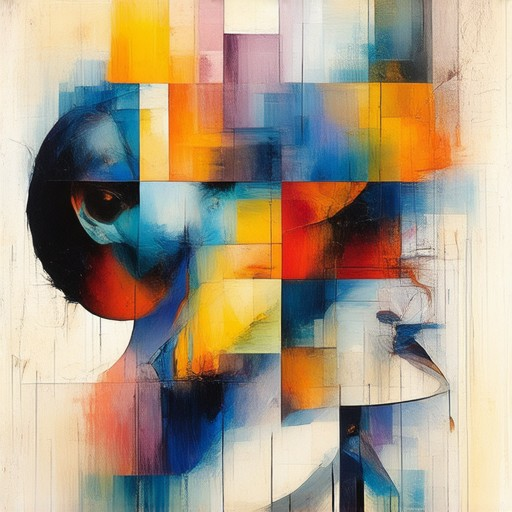
Effective Art Techniques to Improve Your Skills
Elevating your art skills requires consistent practice, curiosity, and a willingness to explore new methods. Here are some proven techniques to help you grow as an artist:
- Practice Regularly: Dedicate time daily to create. Even 30 minutes can make a difference. Experiment with different mediums and styles to find your unique voice.
- Study Masters: Analyze works from artists you admire. Look at their techniques, composition, and color usage. Try to emulate their style and then put your own spin on it.
- Experiment with New Media: Explore different materials like watercolor, oil pastels, or digital tools. Mixing media can lead to exciting results and keep your creativity fresh.
- Take Art Classes: Whether online or in-person, classes offer structured learning and feedback. Consider workshops or online courses to gain new skills and insights.
- Sketch Often: Sketching is a fundamental skill. Practice drawing from life, observations, or imagination. Use quick sketches to capture ideas and improve your understanding of form and shape.
- Join a Community: Engage with fellow artists through forums, social media groups, or local art communities. Sharing your work and getting feedback can accelerate your growth and provide motivation.
- Stay Curious and Explore: Visit museums, galleries, and art shows. Attend workshops, lectures, and events. Inspiration is everywhere, and it fuels your creativity.
- Document Your Progress: Keep a portfolio or journal to track your improvements. Over time, you’ll see how far you’ve come and what areas you’ve mastered.
- Seek Feedback: Share your work with trusted friends or mentors. Their insights can reveal strengths and areas for growth that you might miss on your own.
- Practice Mindfulness: Before starting a piece, take a few moments to meditate or relax. This helps clear your mind and allows your creativity to flow more freely.
- Embrace Failure as Learning: Don’t be afraid to make mistakes. Every wrong turn is an opportunity to learn and refine your approach. View challenges as stepping stones to success.
By incorporating these techniques into your routine, you’ll develop a stronger foundation and become a more confident and skilled artist. Remember, practice is the key to mastery. Happy creating!
Best Art Techniques for Improving Your Skills
Improving your art skills requires a combination of technique, practice, and inspiration. Here are some proven methods to enhance your artistic abilities:
- Master Fundamental Techniques: Begin with basics like drawing, shading, and color theory. These foundational skills form the building blocks for more advanced work.
- Experiment with Mediums: Explore different materials such as watercolors, oils, pastels, or digital tools. Each medium offers unique challenges and opportunities for creativity.
- Study Great Artists: Analyze works from masters like da Vinci, van Gogh, or contemporary artists. Learn their techniques, styles, and how they approach composition and color.
- Practice Regularly: Consistency is key. Dedicate time daily to create, even if it’s just small projects. This helps build muscle memory and improves problem-solving skills.
- Seek Feedback: Share your work with peers or join art communities. Constructive criticism can provide valuable insights and help you identify areas for improvement.
- Learn from Tutorials: Utilize online resources, workshops, or art classes to gain structured knowledge. Platforms like Artful Journey offer detailed guides and video tutorials for various techniques.
- Explore Different Genres: Challenge yourself by working in different mediums or styles. This broadens your skill set and keeps your creativity fresh.
- Document Your Progress: Keep a portfolio or journal to track your growth. This helps you visualize improvements and motivates you to continue learning.
By combining these techniques with dedication and curiosity, you can steadily improve your art skills and unlock new creative possibilities. Remember, the journey is as important as the destination, so enjoy the process and stay inspired!
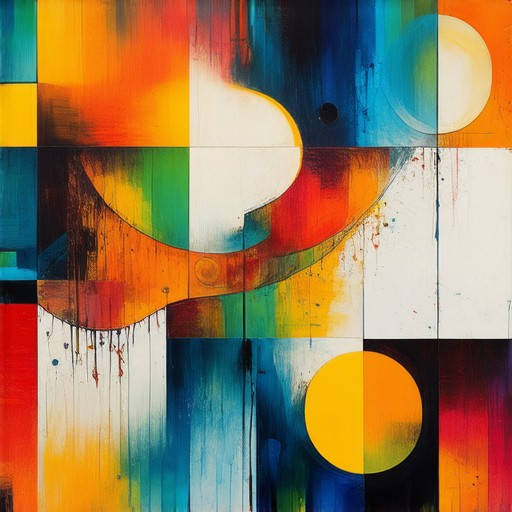
Best Ways to Learn Art Techniques Through Art Blogs
Learning art techniques through blogs can be a highly effective and enjoyable journey. Here are some proven methods to maximize your learning experience:
- Discover High-Quality Art Blogs : Start by searching for reputable art blogs using keywords like “best art technique blogs” or “top art learning resources.” Websites like Artful Journey and Procrastinate Zero are excellent starting points.
- Explore Tutorials and Guides : Look for detailed tutorials and step-by-step guides. Blogs like Creative Blooms often provide hands-on lessons and projects that you can follow along with.
- Engage with Communities : Join forums or online communities where artists discuss techniques and share their experiences. Platforms like Reddit’s r/art community or Facebook groups can connect you with fellow learners and mentors.
- Follow Artists and Their Processes : Many artists maintain blogs where they share their creative journeys, including tips and tricks. Following these blogs, such as The Drawing Handbook , can give you insights into professional approaches.
- Utilize Resource Lists : Look for curated lists of art supplies, tools, and resources. Blogs like Artistic Aspirations often compile these lists to help you stay organized and inspired.
- Practice Regularly : Dedicate time each week to explore new techniques and apply what you’ve learned. Consistency is key to mastering any skill, whether it’s through watching videos or reading posts on blogs.
By leveraging the wealth of information available on art blogs, you can continuously grow your skills and stay motivated in your artistic journey. Remember to explore different blogs and engage with their communities to gain a well-rounded understanding of various art techniques.
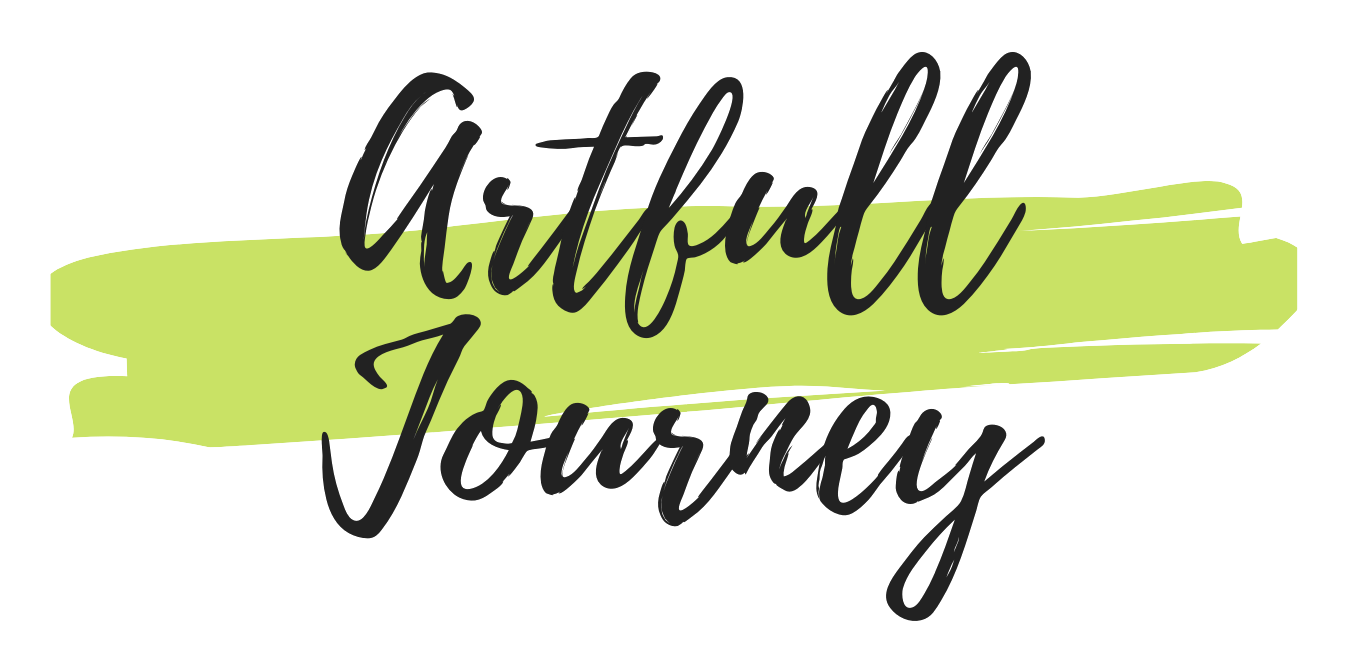



0 Comments